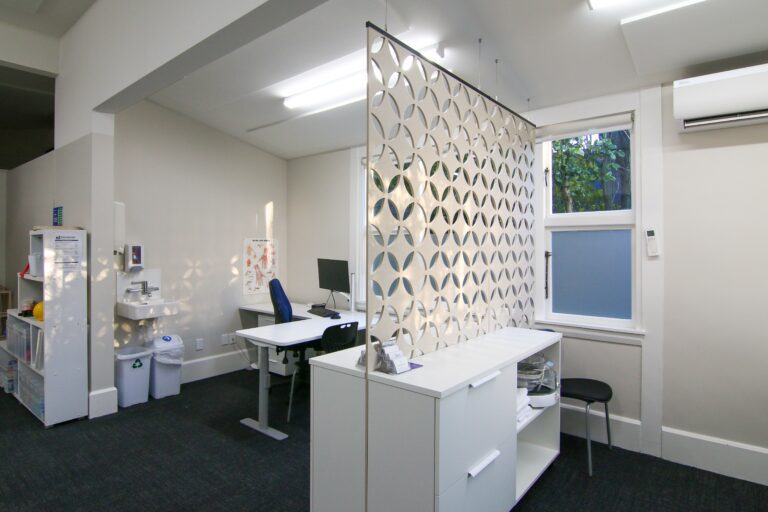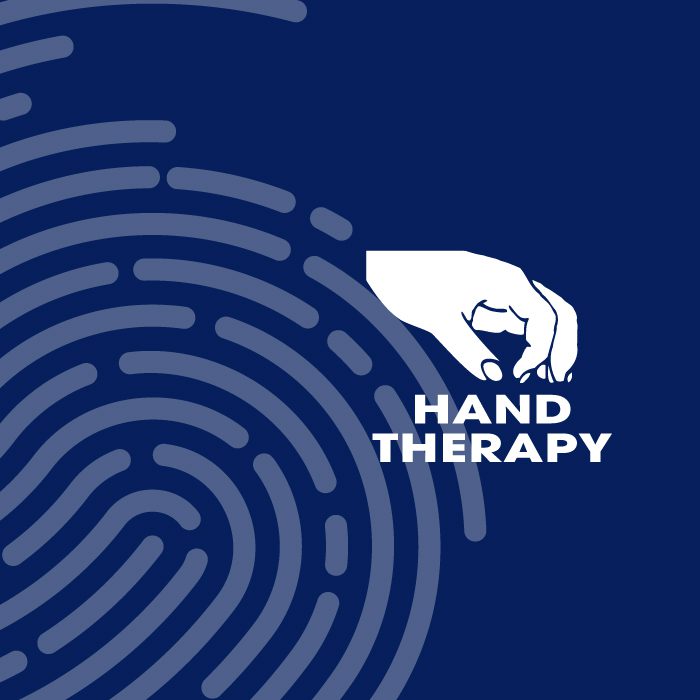What is It?
A Boutonnière deformity is also known as a ‘central slip’ injury. This is because it involves injury to the central slip of the extensor tendon of the finger. This means the part of the tendon which straightens the middle joint of the finger has been injured (see figure 1).
What is it caused by?
A Boutonnière deformity is commonly caused by a forceful blow to the top side of a bent middle joint of a finger. It also can be caused by a cut on the top of the finger, which can sever the central slip tendon from its attachment to the bone.
How is it treated?
The most common treatment for a Boutonnière deformity involves stabilising the finger with a splint that rests on the middle joint (see figure 2). The splint creates pressure to straighten and immobilise the finger. Wearing a splint can also help to take tension off the injured tendon as it heals.
Treatment often requires the need to wear the splint continuously for six weeks. After that, you may need to wear the splint at night for a few weeks.
Exercises
A boutonniere deformity affects the injured finger’s range of motion and flexibility. Your hand therapist will recommend some specific exercises to help strengthen the affected finger and improve finger movement.




